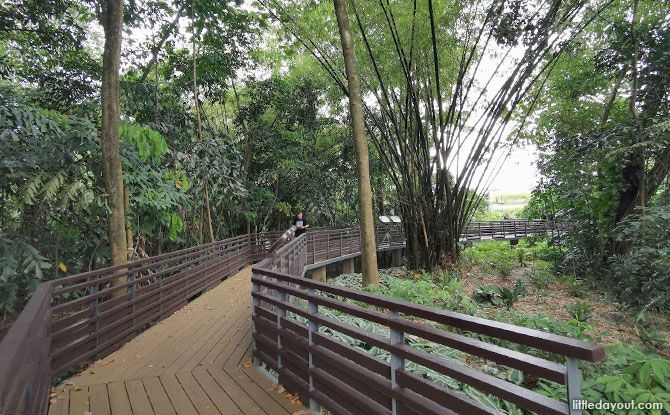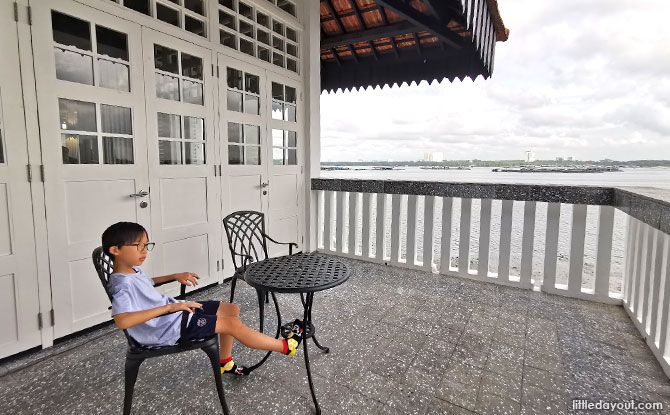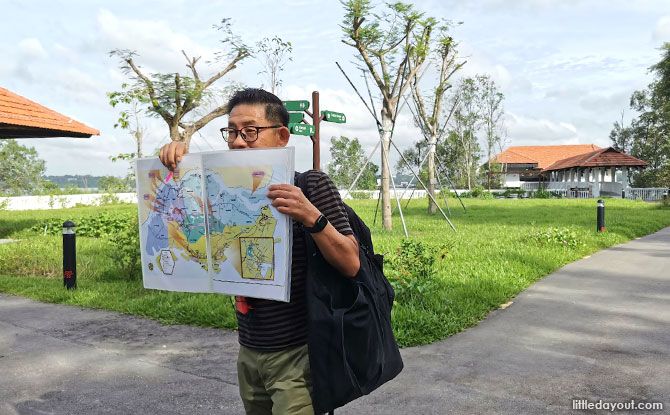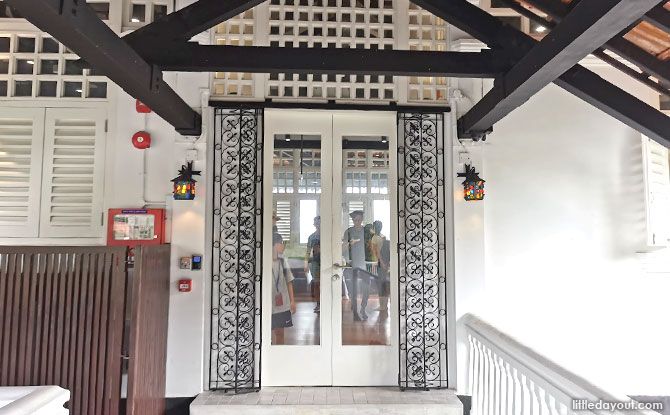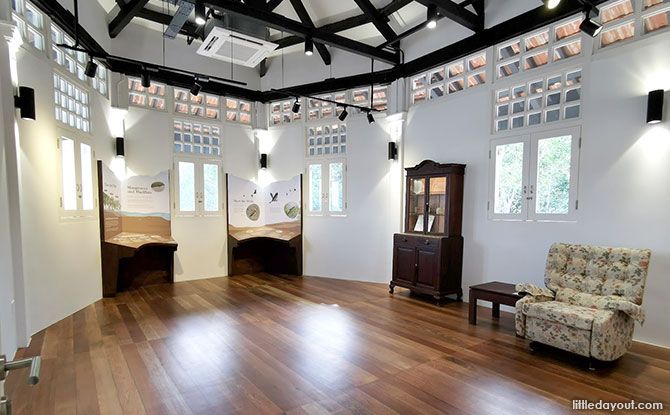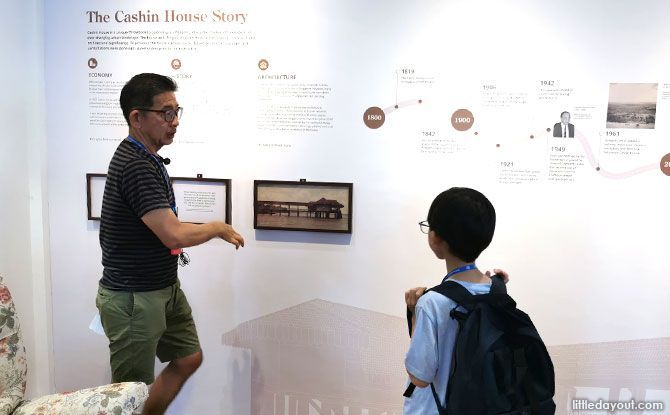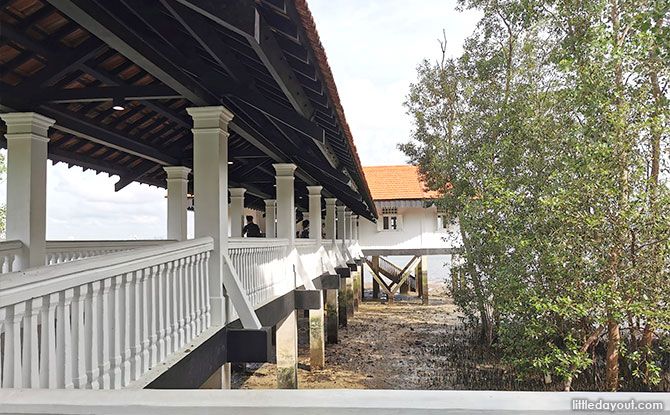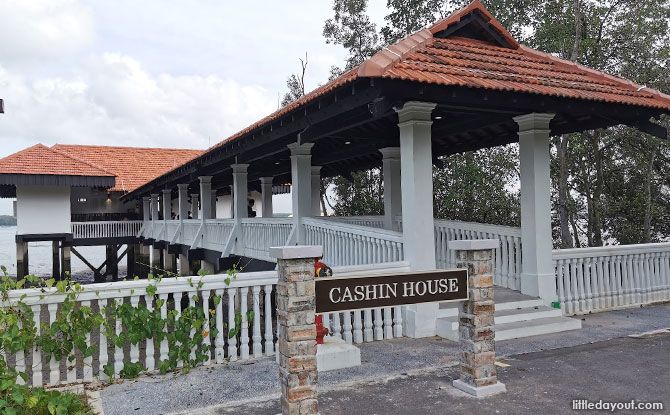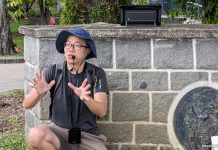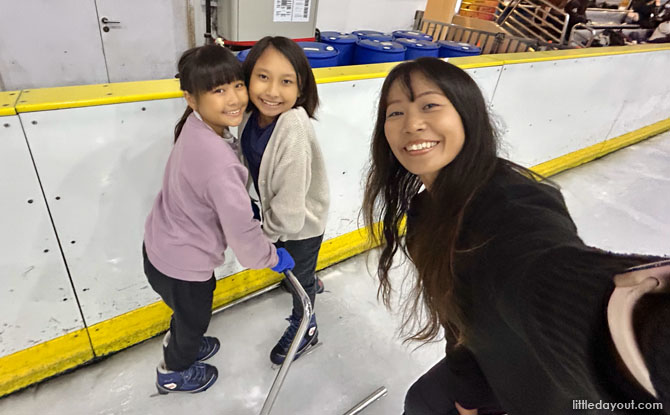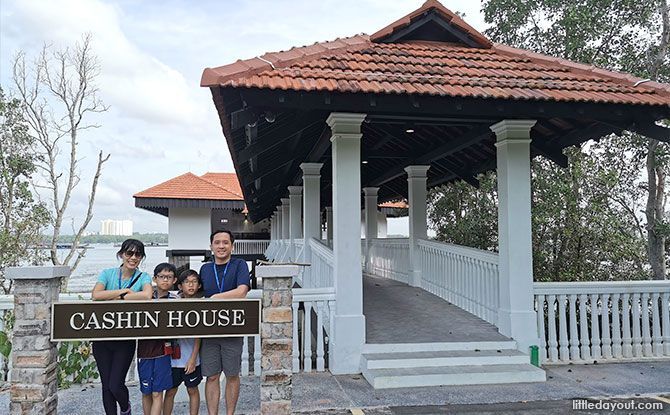
Take the path less trodden and visit an obscure spot in Singapore, Cashin House at Lim Chu Kang Nature Park.
Sited in a part of Singapore pretty much out of the way for many folks (aside perhaps for those serving in the army or working on farms), Lim Chu Kang Nature Park has been undergoing habitat restoration with Cashin House undergoing a careful reconstruction for visitors to learn more about these significant places.
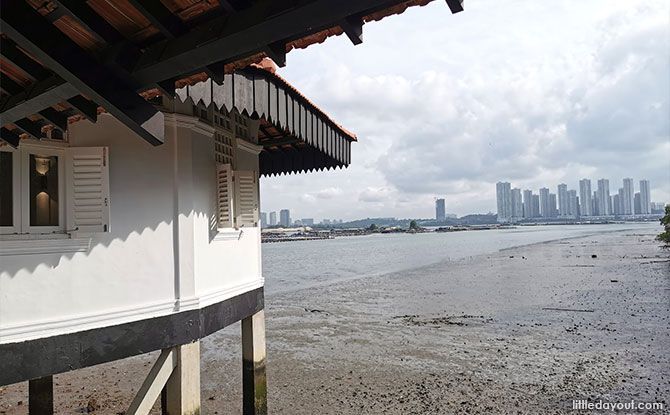
We were delighted to snag tickets for a visit to Cashin House organised by National Heritage Board as part of the Battle for Singapore programmes. Jerome, a passionate historian, was our guide for the tour titled Cashin House: Witness to Invasion.
Year-end Holiday Camps: Discover Fun and Exciting Camps for Kids; Book Early
Farm Fright: Join City Sprouts For Their Halloween Bash On 26 Oct
An Introduction to the Area Around Cashin House: Lim Chu Kang & Neo Tiew
We met at Sungei Buloh Visitor Centre, where a bus took us to Lim Chu Kang Nature Park. Enroute to the park, Jerome shared more about the history of the area? Did you know the words “Chu Kang” means river settlement?
The Teochews lived in the area and planted pepper and gambier.
The name Lim Chu Kang probably originated from the fact that the pepper and gambier plantations, and surrounding village settlements were situated along the river banks.
One famous Teochew figure was Neo Tiew, a Chinese immigrant who founded the area. His nationalistic fervour has been well documented in history.
The road named after him – Neo Tiew Road – was built in 1930s which was the same road used by the Japanese in their advance down south in Singapore.
We saw how this relatively “rural” area was still very much focused on agriculture and a lesser known side of Singapore. Notable landmarks include Hay Dairies, and Bollywood Veggies.
The History of Cashin House
Cashin House sits on the western point of Lim Chu Kang, directly overlooking the Straits of Johor.
The original house was built by the Cashin family who were wealthy landowners.
A pier was first built in 1906 to transport rubber from the Sungei Buloh Rubber Plantation.
The Cashin House was added in 1920s for the plantation workers. It then became a seaside resort with bedrooms added and served as the residence of Mr and Mrs Howard Cashin till 2009.
To keep crocodiles out, there was a swimming area with wooden sticks. It was an idyllic retreat that was close to nature.
Incidentally it was also the landing site during the Japanese invasion of Singapore on 8 and 9 February 1942.
Cashin House’s Significance During the War
There are several reasons why the Japanese chose this particular site.
Firstly the mangroves across the Straits made ideal hiding places. The water way was also narrow and shallow, making it easier to cross over from Johor.
A total of 16 battalions or two divisions of the Japanese Imperial Army were preparing to advance into Singapore the night of 8 February 1942.
In contrast, there were only two battalions of Australian solders stationed in the Lim Chu Kang area.
The Japanese had also already destroyed critical communication lines and hindered the relay of communications within the Allied forces.
Battle-hardened Japanese troops quickly overwhelmed the defences with their numerical superiority.
Cashin House can be seen in archival footage where Japanese soldiers erected memorial stones for the fallen. These were later removed after the war to make way for a new road.
Cashin House and Lim Chu Kang Nature Park Today
More recently, due to structural damage, Cashin House had to be rebuilt sensitively.
Some roof tiles, windows, door grille of the original house were re-used. Visitors can also see some of the artefacts on loan from the Cashin family displayed.
The gallery within Cashin House showcases some of the artifacts, such as a rocking chair. There are also informative panels that illuminate the history behind the house.
In addition, pictures of different kinds of birds that can be seen in the area are also displayed around Cashin House.
Walking through Lim Chu Kang Nature Park to get to Cashin House was truly a memorable experience. It was as if we were entering a bygone era and stepping into the past, experiencing what it was like decades ago.
This remote area witnessed important chapters in history including the landing of the Japanese and the battle at Lim Chu Kang while remaining a tranquil sanctuary retaining its lush greenery.
How to Visit Cashin House
If you would like to visit Cashin House and Lim Chu Kang Nature Park (which is adjacent to Sungei Buloh Wetland Reserve), visits are possible via specially curated programmes and activities such as guided tours, nature journalling workshops and citizen science surveys.
Visit the NParks site for more information on upcoming programmes.
If you enjoyed this story, we predict that you will also enjoy this one on Sungei Buloh Wetland Reserve.





